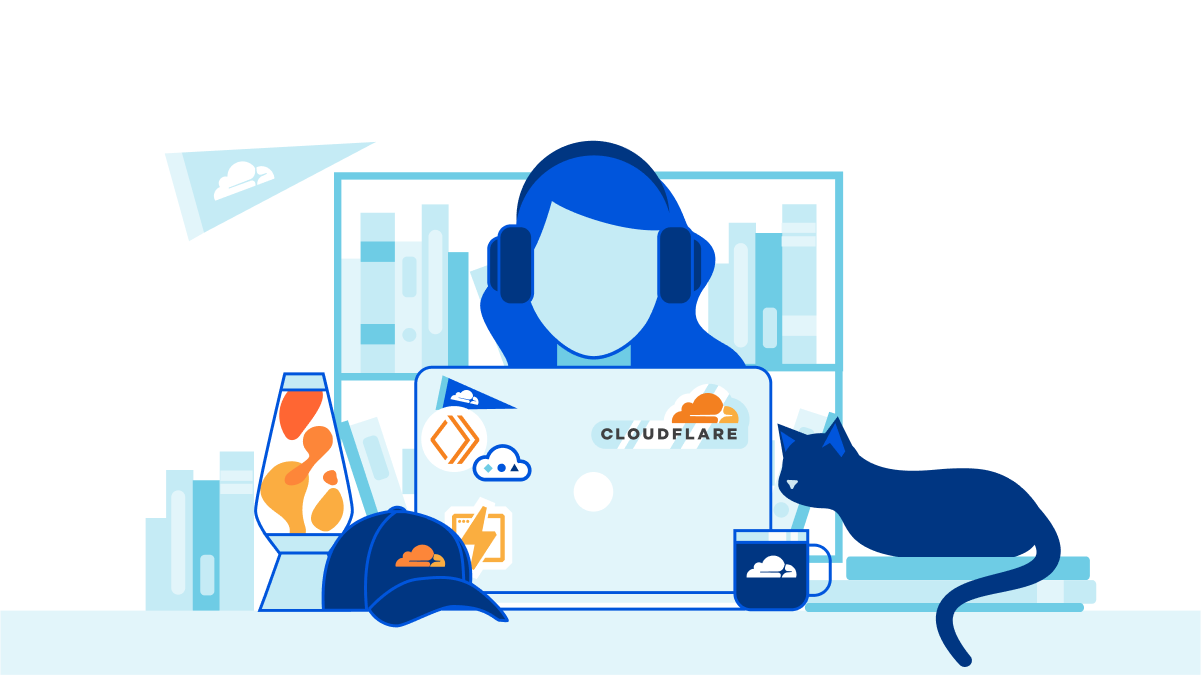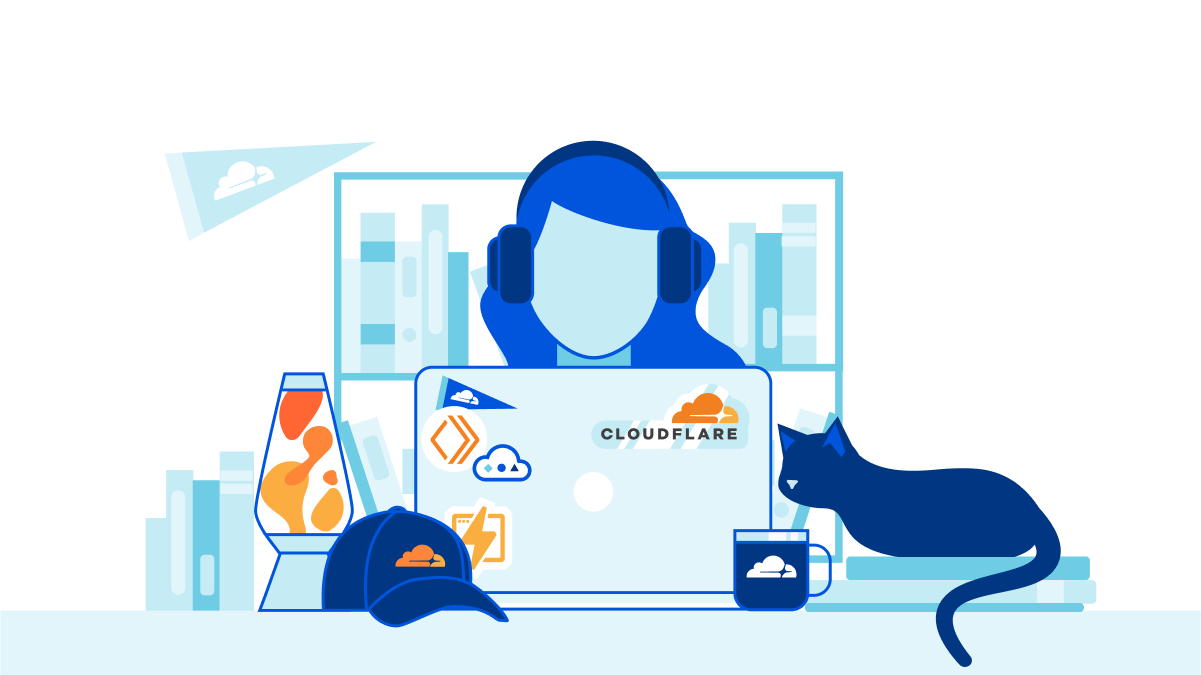Heavy Networking 666: Improving Quality Of Experience With LibreQoS
Welcome to Heavy Networking! In this episode we discuss LibreQoS, a free and open source software project to help ISPs improve network latency and responsiveness and improve the Quality of Experience (QoE) for their customers. That project is LibreQoS, and it's being used by ISPs and others to ensure stable latency across networks.
The post Heavy Networking 666: Improving Quality Of Experience With LibreQoS appeared first on Packet Pushers.

